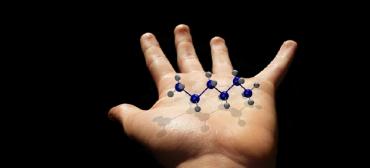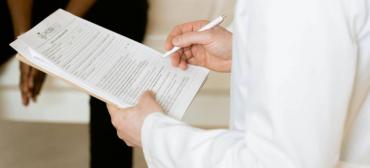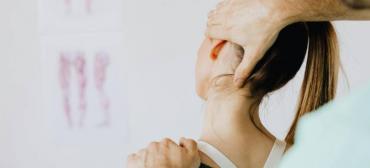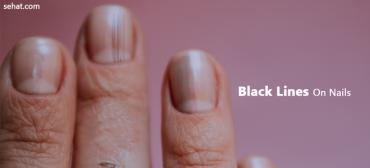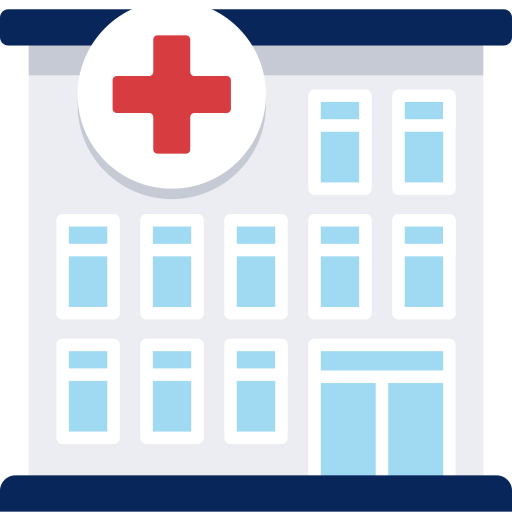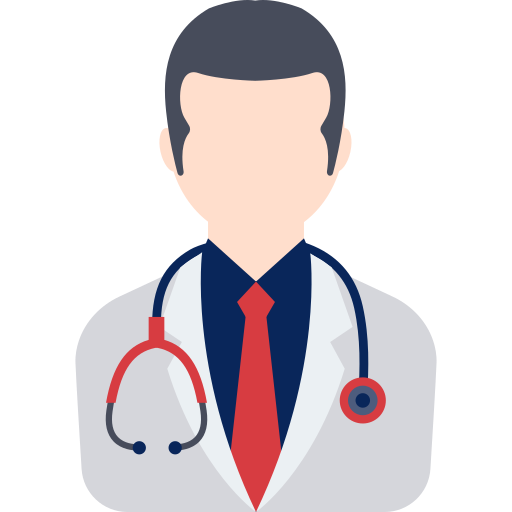Electroencephalogram (EEG)
(Electroencephalography, Brain Wave Test)
Procedure Overview
What is an EEG?An electroencephalogram (EEG) detects abnormalities in the brain waves or electrical activity of the brain. During the procedure, electrodes consisting of small metal discs with thin wires are pasted on the scalp. The electrodes detect tiny electrical charges that result from the activity of the brain cells. The charges are amplified and appear as a graph on a computer screen or as a recording that may be printed out on paper. Your physician then interprets the reading.
Related procedures that may be performed are evoked potential studies. These studies are used to measure electrical activity in the brain in response to stimulation of sight, sound, or touch. Please see this procedure for additional information.
Different types of normal brain wavesAn EEG records patterns of brain activity. Among the basic waveforms are the alpha, beta, theta, and delta rhythms.
-
Alpha waves occur at a frequency of 8 to 12 cycles per second in a regular rhythm. They are present only when you are awake but have your eyes closed. Usually they disappear when you open your eyes or start mentally concentrating.
-
Beta waves occur at a frequency of 13 to 30 cycles per second. They are usually associated with anxiety, depression, or the use of sedatives.
-
Theta waves occur at a frequency of 4 to 7 cycles per second. They are most common in children and young adults.
-
Delta waves occur at a frequency of 0.5 to 3.5 cycles per second. They generally occur only in young children during sleep.
During an EEG, typically about 100 pages or computer screens of activity are evaluated. Special attention is paid to the basic waveforms, but brief bursts of energy and responses to stimuli, such as light, are also examined.
Reasons for the Procedure
The EEG is used to evaluate several types of brain disorders. When epilepsy is present, seizure activity will appear as rapid spiking waves on the EEG.
Patients with lesions of the brain, which can result from tumors or stroke, may have unusually slow EEG waves, depending on the size and the location of the lesion.
The test can also be used to diagnose other disorders that influence brain activity, such as Alzheimer's disease, certain psychoses, and a sleep disorder called narcolepsy.
The EEG may also be used to determine the overall electrical activity of the brain (e.g., to evaluate trauma, drug intoxication, or extent of brain damage in comatose patients). The EEG may also be used to monitor blood flow in the brain during surgical procedures.
There may be other reasons for your physician to recommend an EEG.
Risks of the Procedure
The EEG has been used for many years and is considered a safe procedure. The test causes no discomfort. The electrodes only record activity and do not produce any sensation. In addition, there is no risk of getting an electric shock.
In rare instances, an EEG can cause seizures in a person with a seizure disorder due to the flashing lights or the deep breathing that may be involved during the test. If this occurs, a physician will treat the seizure immediately.
There may be other risks depending upon your specific medical condition. Be sure to discuss any concerns with your physician prior to the procedure.
Certain factors or conditions may interfere with the reading of an EEG test. These include, but are not limited to, the following:
-
Low blood sugar (hypoglycemia) caused by fasting
-
Body or eye movement during the tests (but this will rarely, if ever, actually interfere significantly with the interpretation of the test)
-
Lights, especially bright or flashing ones
-
Certain medications, such as sedatives
-
Drinks containing caffeine, such as coffee, cola, and tea (while these drinks can occasionally alter the EEG results, this almost never actually interferes significantly with the interpretation of the test)
-
Oily hair or the presence of hair spray
Before the Procedure
-
Your physician will explain the procedure to you and offer you the opportunity to ask any questions that you might have about the procedure.
-
You will be asked to sign a consent form that gives your permission to do the procedure. Read the form carefully and ask questions if something is not clear.
-
Wash your hair with shampoo but do not use a conditioner the night before the test. Do not use any hair care products, such as hairspray or gels.
-
Notify your physician of all medications (prescribed and over-the-counter) and herbal supplements that you are taking.
-
Discontinue using medications that may interfere with the test if your physician has directed you to do so. Do not stop using medications without first consulting your physician.
-
Avoid consuming any food or drinks containing caffeine for 8 to12 hours before the test.
-
Follow any directions your physician gives you about reducing your sleep the night before the test. Some EEG tests require that you sleep through the procedure and some do not. The night before, adults may not be allowed to sleep more than 4 or 5 hours, and children not more than 5 to 7 hours, if the EEG is to be performed while the patient is sleeping.
-
Avoid fasting the night before or day of the procedure, since low blood sugar may influence the results.
-
Based upon your medical condition, your physician may request other specific preparation.
During the Procedure
An EEG may be performed on an outpatient basis or as part of your stay in a hospital. Procedures may vary depending on your condition and your physician's practices.
Generally, an EEG procedure follows this process:
-
You will be asked to relax in a reclining chair or lie on a bed.
-
Between 16 and 25 electrodes will be attached to your scalp with a special paste, or a cap containing the electrodes will be used.
-
You will be asked to close your eyes, relax, and be still.
-
Once the recording begins you will need to remain still throughout the test. You may be monitored through a window in an adjoining room to observe any movements that can cause an inaccurate reading, such as swallowing or blinking. The recording may be stopped periodically to let you rest or reposition yourself.
-
After the initial recording performed at rest, you may be tested with various stimuli to produce activity that does not show up while you are resting. For example, you may be asked to breathe deeply and rapidly for three minutes, or you may be exposed to a bright light.
-
This study is generally performed by an EEG technician and may take approximately 45 minutes to two hours.
-
If you are being evaluated for a sleep disorder, the EEG may be performed while you are asleep.
After the Procedure
Once the test is complete, the electrodes will be removed and the electrode paste will be washed off with warm water, acetone, or witch hazel. In some cases, you may need to wash your hair again at home.
If any sedatives were taken for the test, you may be required to rest until the sedatives have worn off. You will need to have someone drive you home.
Skin irritation or redness may be present at the locations where the electrodes were placed, but this will wear off in a few hours.
Your physician will inform you as to when to resume any medications you stopped taking before the test.
Your physician may give you additional or alternate instructions after the procedure, depending on your particular situation.
Related Questions
Mantoux Test Query
- 3853 Days ago
- Tests & Procedures
My Rheumatoid Factor is - H 74 IU/mL
- 4012 Days ago
- Tests & Procedures
Suffering from piles
- 4133 Days ago
- Tests & Procedures
widal positive
- 4247 Days ago
- Tests & Procedures
Whitish viscosity
- 4256 Days ago
- Tests & Procedures
LINAC procudure, 3DRT and IMRT
- 4270 Days ago
- Tests & Procedures
Ecg of heart showed T wave changes
- 4311 Days ago
- Tests & Procedures
CT Coronary Angiography
- 4295 Days ago
- Tests & Procedures


